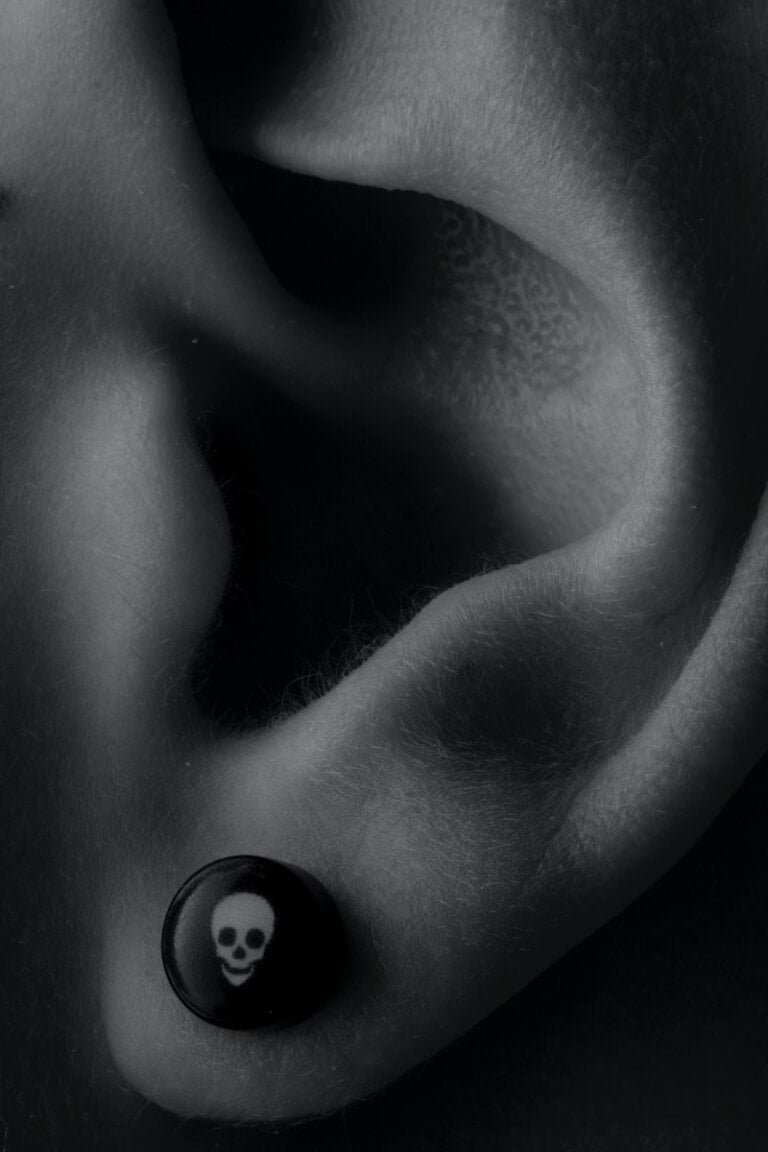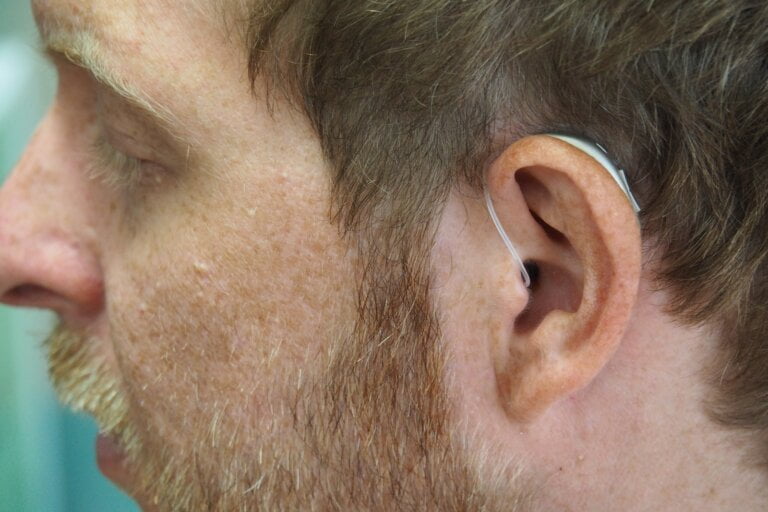Beyond Stereotypes: Disproving the Notion that Ear Wax Quantity Reflects Personal Hygiene
Last Updated on 25th April 2024 by Admin
Ear wax, scientifically known as cerumen, is a natural substance produced by the glands in our ear canals. Its primary function is to protect the delicate parts of our ears by trapping dust, debris, and harmful bacteria. Unfortunately, there has been a common misconception that associates the quantity of ear wax with a person’s personality traits or hygiene habits. In this article, we will explore this topic in detail and debunk this unfounded notion.
The Origins of the Stereotype
The association between ear wax and personality traits can be traced back to cultural stereotypes and folklore. Throughout history, various societies have developed beliefs linking physical characteristics to behavioral traits. These stereotypes often lack scientific evidence and are based on subjective observations or cultural biases.
For example, in some cultures, individuals with excessive ear wax were believed to be lazy or unclean, while those with minimal ear wax were considered more disciplined or hygienic. However, it is important to recognize that these beliefs are not supported by scientific research.
Understanding Ear Wax
Before we dive deeper into debunking the notion, it is crucial to have a clear understanding of the biological purpose and composition of ear wax. Ear wax is a mixture of secretions from the ceruminous glands and dead skin cells. Its primary function is to lubricate the ear canal, preventing it from drying out and reducing the risk of irritation or infection.
The amount of ear wax produced varies between individuals due to genetic factors, environment, and overall health. Some people naturally produce more ear wax, while others produce less. This diversity is entirely normal and does not indicate any underlying medical condition or personality trait.
Debunking the Notion
- Hygiene and Ear Wax Quantity: It is crucial to dispel the myth that ear wax quantity reflects a person’s hygiene. Good hygiene practices involve cleaning the external part of the ear with a gentle washcloth. Inserting cotton swabs or any other objects into the ear can cause damage, push the ear wax deeper, and disrupt the natural cleaning process. Therefore, the presence of more ear wax does not necessarily indicate poor hygiene.
Furthermore, excessive cleaning of the ear canal can lead to dryness and irritation, potentially causing the body to produce more ear wax as a protective mechanism. It is important to strike a balance between maintaining cleanliness and not interfering with the natural process of ear wax production.
- Ear Wax and Personality Traits: There is absolutely no scientific evidence linking ear wax quantity to personality traits. Personality traits are complex and influenced by numerous factors, including genetics, upbringing, and life experiences. It is unfair and illogical to judge someone’s character or behavior based on the amount of ear wax they produce.
Personality is shaped by a multitude of factors such as genetics, upbringing, education, and personal experiences. It is not determined by the amount of ear wax present in one’s ears. Judging someone’s character based on such superficial traits is not only inaccurate but also perpetuates stereotypes and discrimination.
- Diversity in Ear Wax Production: The amount of ear wax produced differs from person to person due to genetic variations. Some individuals naturally produce more ear wax, while others produce less. This diversity is entirely normal and should not be a cause for concern.
Instead of associating ear wax quantity with personality traits, it is crucial to embrace and celebrate the diversity of human bodies. Just as we have different hair colors, eye colors, and skin tones, the amount of ear wax we produce varies and has no bearing on our character or behavior.
The Dangers of Stereotyping
Stereotyping based on physical characteristics, such as ear wax quantity, can perpetuate discrimination and prejudice. It is essential to challenge and debunk such stereotypes to promote understanding, acceptance, and inclusivity. People should be judged based on their actions, values, and character rather than superficial and baseless assumptions.
Every individual is unique, and their worth should not be determined by physical attributes that have no scientific basis. Embracing diversity and rejecting stereotypes is crucial for creating a more inclusive society that values each person for who they truly are.
Caring for Ear Health
While ear wax quantity does not reflect one’s persona, it is still important to maintain proper ear hygiene to ensure optimal ear health. Here are some general tips for caring for your ears:
-
Avoid Inserting Objects: As mentioned earlier, avoid inserting cotton swabs, bobby pins, or any other objects into your ears. This can push the wax deeper, potentially causing blockage or damage to the ear canal. Instead, focus on gently cleaning the external part of the ear with a washcloth during your regular bathing routine.
-
Clean the Outer Ear: Gently clean the outer part of your ear with a washcloth during your regular bathing routine. Avoid using harsh soaps or vigorous scrubbing, as this can irritate the skin. Remember, the outer ear is self-cleaning, and excessive cleaning can disrupt the natural balance.
-
Seek Professional Help If Needed: If you experience symptoms such as ear pain, hearing loss, or excessive ear wax buildup, it is advisable to seek medical assistance. A healthcare professional can safely remove excessive ear wax or address any underlying issues. They can also provide guidance on proper ear hygiene and care.
Conclusion
In conclusion, the notion that ear wax quantity reflects a person’s personality or hygiene habits is unfounded and should be debunked. Ear wax is a natural substance with a vital protective role, and the amount produced varies among individuals. Stereotyping based on such superficial traits only perpetuates discrimination and prejudice. It is essential to focus on individuals’ actions, values, and character rather than making assumptions based on physical characteristics. By promoting understanding and inclusivity, we can move beyond stereotypes and foster a more accepting society.
1. Does the quantity of ear wax reflect a person’s hygiene?
No, the quantity of ear wax does not reflect a person’s hygiene. Good hygiene practices involve cleaning the external part of the ear with a gentle washcloth. Inserting objects like cotton swabs into the ear can cause damage and disrupt the natural cleaning process. The presence of more ear wax does not necessarily indicate poor hygiene.
2. Is there any scientific evidence linking ear wax quantity to personality traits?
No, there is absolutely no scientific evidence linking ear wax quantity to personality traits. Personality traits are complex and influenced by various factors such as genetics, upbringing, and life experiences. Judging someone’s character based on the amount of ear wax they produce is unfair and illogical.
3. Why does the amount of ear wax produced differ from person to person?
The amount of ear wax produced varies from person to person due to genetic factors. Some individuals naturally produce more ear wax, while others produce less. This diversity is entirely normal and should not be a cause for concern.
4. What are some general tips for caring for ear health?
- Avoid inserting objects into the ears, such as cotton swabs or bobby pins, as this can push the wax deeper and potentially cause blockage or damage.
- Gently clean the outer part of the ear with a washcloth during your regular bathing routine. Avoid using harsh soaps or vigorous scrubbing.
- Seek professional help if you experience symptoms like ear pain, hearing loss, or excessive ear wax buildup. A healthcare professional can safely remove excessive ear wax or address any underlying issues.







